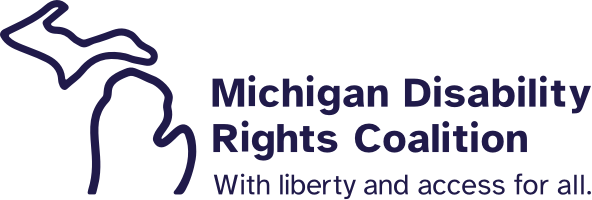The Coolest Halloween Costumes Include AT!
Tuesday, October 31, 2017
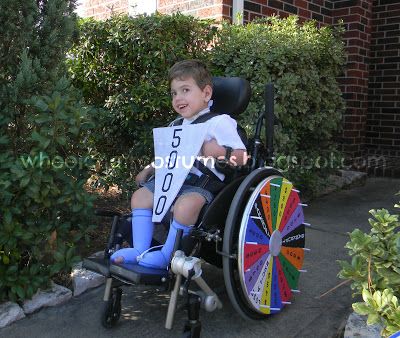
By MATP Staffer Laura Hall
I have to admit, this is my favorite blog post of the year. For the past few years, each Halloween, I have written a blog that features Halloween costumes that incorporate mobility devices and other AT into them. Every year I find costumes that are more innovative than the year before. Not only is it a fun topic, but it gives me a good feeling because these costumes represent not only pride in one’s disability identity but pride in one’s assistive technology as well. So often, ableism and internalized ableism makes people feel as though their assistive technology is something shameful or something that should be hidden. By creating a costume that uses AT in its design, it is a way of claiming your assistive technology, and your disability with pride. So without further ado here are the top five Halloween costumes I wish I had thought of as a kid.
C’Mon Down!
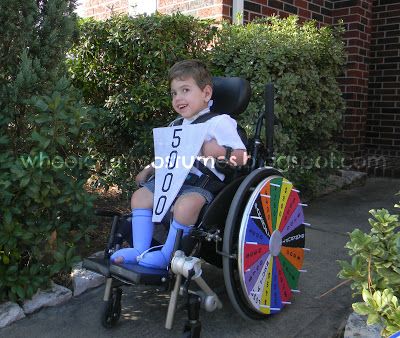
A Giraffe in its Natural Habitat
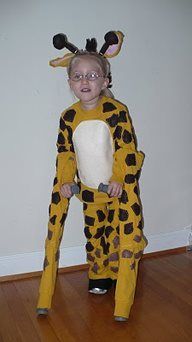
Winter is Coming

No High Sticking!
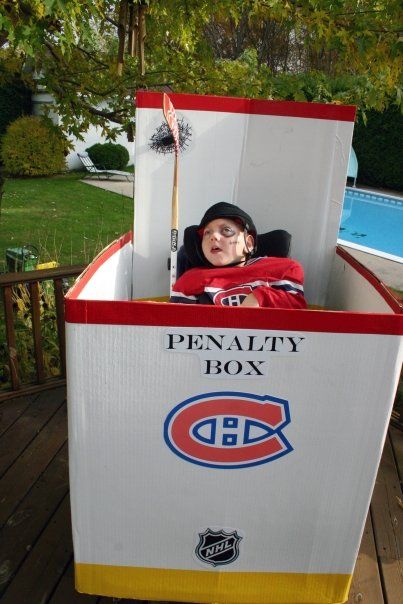
My Little Pony Chariot

Halloween is a special time for many kids and Magic Wheelchair is an organization that strives to make it, as they say, “epic”. A volunteer group of designers and builders work together to create extra special costumes for kids with disabilities picked through an application process each year. The My Little Pony costume above is an example of their magic.
Costumes are not the only barrier for people with disabilities on Halloween. The Connecting for Kids website has helpful considerations to think about related to creating an inclusive Halloween. For example:
- Keep in mind that children who are nonverbal may not be able to say “trick-or-treat” or “thank you.” Do not push for verbal responses and be sensitive to children who do not give expected social feedback.
- Be prepared to describe treats for children with blindness or low vision issues.
- Make sure that you are handing out treats in a well-lit, accessible area. If your house is not accessible, consider handing out treats in a different location (for example, in the driveway or in a community common area).
- When addressing trick-or-treaters, make sure they can see your face and mouth as you speak. This can help children who struggle with speech and hearing issues. Better still, learn some simple Halloween signs (video).
- Be observant. Children with anxiety or other issues may wander from a caregiver or safe area.
Happy Halloween!
